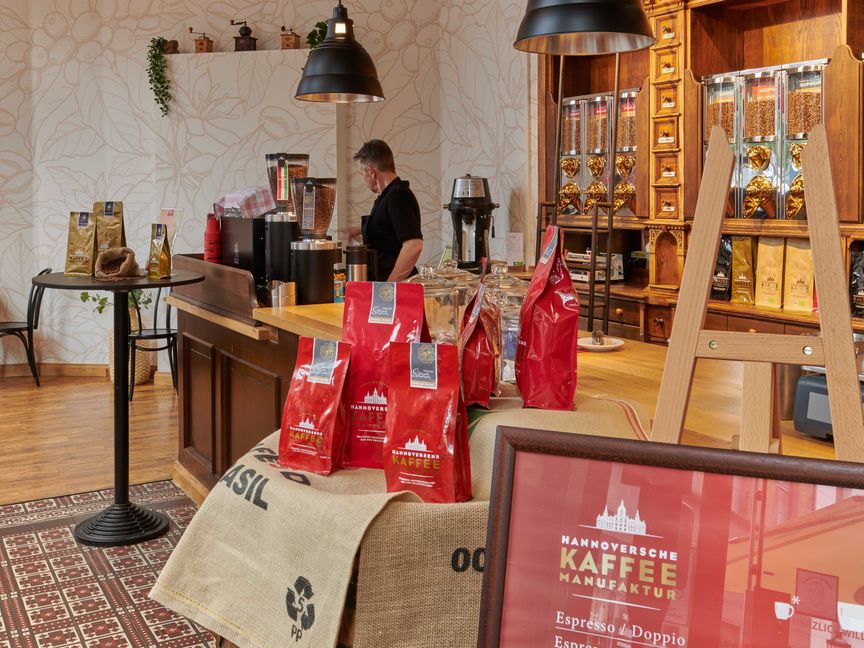Purchasing power and retail trade
In addition to Hannover's city center with the prime locations Georgstraße, Große Packhofstraße, Bahnhofstraße and Karmarschstraße, Hannover's retail location is characterized throughout the region by retail park agglomerations, shopping centers, city district locations and attractive city centers in the surrounding area.
Retail sales in the Hannover Region are expected to total EUR 8.6 billion in 2024.
Purchasing power and turnover
- The purchasing power in the Hannover Region will total 33.0 billion euros in 2024. This corresponds to an average purchasing power of EUR 27,943 per inhabitant* or a purchasing power index of 100.0 in relation to the average purchasing power in Germany.
- Retail purchasing power will amount to EUR 9.0 billion. The average retail purchasing power is EUR 7,669 per inhabitant* or a retail purchasing power index of 101.6 in relation to the average retail purchasing power in Germany.
- Actual retail sales are forecast at EUR 8.6 billion. This corresponds to retail sales of EUR 7,266 per inhabitant* or a retail sales index of 110.5 in relation to average retail sales in Germany.
High-turnover municipalities in the retail sector include Isernhagen, Laatzen, Burgwedel, Garbsen and the state capital Hanover. Retailers in municipalities away from the major retail locations on the main traffic routes, on the other hand, find it rather difficult to generate comparable sales.
Definitions and notes
Purchasing power is defined as the total net income of the population in relation to their place of residence. In addition to net income from self-employment and employment, capital income and state transfer payments are also added to purchasing power.
This disposable income is used to cover all of a consumer's expenses such as living costs, insurance, rent and utilities, clothing and savings. The purchasing power index indicates the percentage deviation from the national average (index value = 100).
When calculating retail-relevant purchasing power , only those shares are taken into account that are available for retail expenditure, including the product groups food and beverages, clothing and shoes, household goods, personal and health care, education and entertainment as well as personal equipment.expenditure on motor vehicles and fuels as well as services and repairs are not taken into account.
The retail purchasing power index indicates the percentage deviation of a region's retail purchasing power from the national average (index value = 100).
Retail sales reflect the actual distribution of stationary retail sales. In contrast to retail purchasing power, which is measured at the consumer's place of residence, retail sales are measured at the retail location.
The retail sales index therefore represents the percentage deviation from the average for Germany (index value = 100). Deviations above the base value indicate higher retail sales and a deviation below the base value indicates comparatively lower sales.
The retail centrality index iscalculated as the ratio of potential local retail purchasing power to actual local retail sales (excluding online and mail order sales). It is a measure of the relative attractiveness of an area as a retail location. "The significant growth [...] in the importance of online retail in recent years means that all cities with a retail centrality of no more than approx. 114.7 (as at 2024) are experiencing an outflow of purchasing power" (MB Research 2024).
- "The purchasing power retention rate (in percent) refers to the absolute amounts in euros and thus the absolute ability of an area to retain the retail-relevant purchasing power of the population of its own area and other areas within its own area. Areas with a purchasing power retention rate of over 100% achieve higher purchasing power inflows than outflows, areas below 100% achieve more purchasing power outflows to other areas and/or online retail" (MB Research 2024).
Last updated: 11/2024

